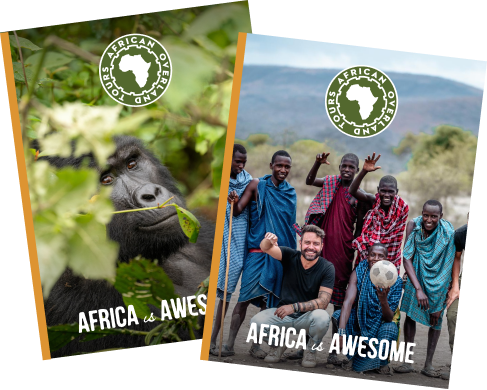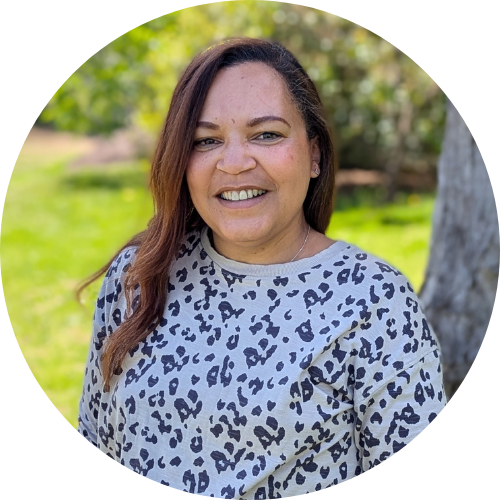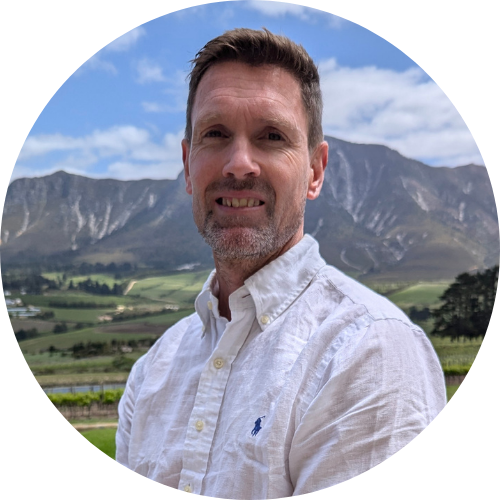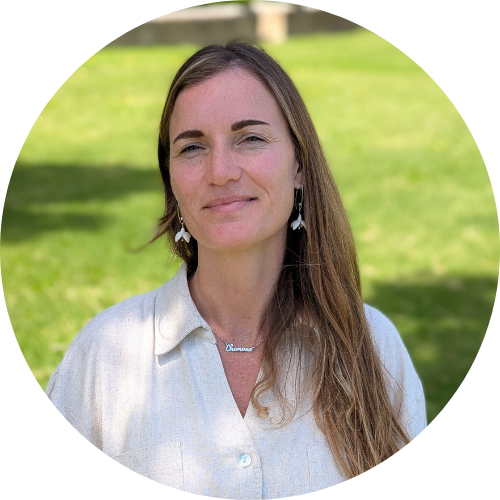African Overland Tours
https://www.facebook.com/AfricanOverlandTourscom/
https://www.instagram.com/african_overland_tours/
https://www.youtube.com/@africanoverlandtoursandsafaris
+27 (0) 21 448 0997
Customer Service
Worldwide
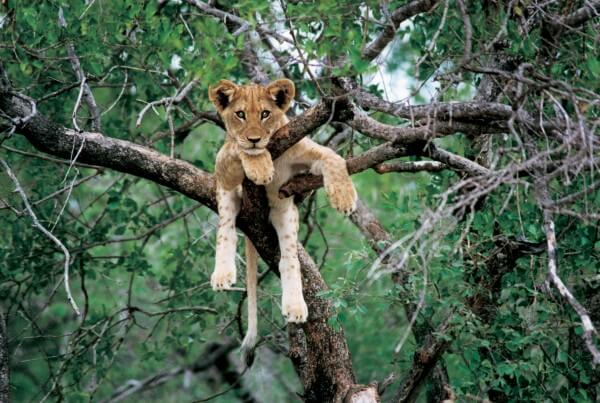
For scenery, variety of animals, accessibility and choice of accommodation, South Luangwa is the best park in Zambia and one of the most majestic in Africa. Amongst the varied terrain of dense woodland, oxbow pools and open grassy plains lurk beasts of all shapes and sizes, from massive elephants to pesky tsetse flies. Take precautions against malaria.
South Luangwa is where walking safaris (Jun-Sep) began. Being in the park, on foot, with the wildlife all around is a truly exhilarating experience. Despite its many charms, South Luangwa attracts far fewer visitors than other African parks, especially during the wet season, making it all the more attractive. (Note that lots of wild animals in this area makes walking around at night very dangerous.)
Most of the park is inaccessible from November to April (especially in February and March), so many lodges close at this time.
